By Film Noir Blonde and Mike Wilmington
The Film Noir File is FNB’s guide to classic film noir, neo-noir and pre-noir on Turner Classic Movies (TCM). The times are Eastern Standard and (Pacific Standard). All films without a new review have been covered previously in Film Noir Blonde and can be searched in the FNB archives (at right).
Pick of the Week
 ”No Country for Old Men” (2007, Joel and Ethan Coen). Tuesday, March 3, 12:30 a.m. (9:30 p.m.)
”No Country for Old Men” (2007, Joel and Ethan Coen). Tuesday, March 3, 12:30 a.m. (9:30 p.m.)
The Coen Brothers’ most praised and prized movie, and one of their most memorable, is the grim, mesmerizing crime-drama/chase-thriller “No Country for Old Men.” The multiple-Oscar winning film is adapted, very faithfully, from one of Cormac McCarthy‘s darkest and most violent novels.
Set in 1980s Texas, in an anti-John Ford Western land of harsh plains and searing deserts, barren cities and the hot, speedy roads that connect all of them, the movie is about a huge cache of illegal drug money that falls into the hands of a local cowboy-hatted small-towner named Moss (Josh Brolin) after a massacre wipes out most of the criminals and smugglers handling the transfer.
Unfortunately, there’s one deadly efficient collector still around: the incredible Javier Bardem as Anton Chigurh a.k.a. Sugar, a terrifying psychopathic killer with a seemingly permanent dour deadpan stare, a laughably lousy haircut and a relentless talent for finding the right people in all the wrong places – and sending them to the hell that surely must have spawned him.
There are other terrific actors (playing terrific roles) in “No Country,” namely Tommy Lee Jones as Ed Tom Bell, a melancholy old sheriff watching his world disintegrate, Bell’s lonely old friend (Barry Corbin), Moss’s steadfast but unlucky wife (Kelly MacDonald) and a lippy, freelance loot-scavenger (Woody Harrelson).
Texas. Tough guys. Epic bad hairstyling. Enjoy your visit to this ‘Country.’ Or else.
Saturday, Feb. 28. Thriller Day
6 a.m. (3 a.m.): “The Window” (1949, Ted Tetzlaff).
7:15 a.m. (4:15 a.m.): “Night Must Fall” (1937, Richard Thorpe).
9:15 a.m. (6:15 a.m.): “Kind Lady” (1951, John Sturges).
10:45 a.m. (7:45 a.m.): “Wait Until Dark” (1967, Terence Young).
12:45 p.m. (9:45 a.m.): “The Narrow Margin” (1952, Richard Fleischer).
2 p.m. (11 a.m.): “Strangers on a Train” (1951, Alfred Hitchcock).
3:45 p.m. (12:45 p.m.): “Shadow of a Doubt“ (1943, Alfred Hitchcock).
Sunday, March 1
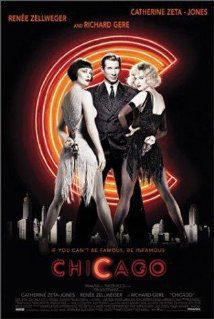 10:15 p.m. (7:15 p.m.): “Chicago” (2002, Rob Marshall). This strange, Oscar-winning hybrid is, of all things, a neo-noir crime courtroom musical. It’s based on the jazzy, snazzy Broadway show by songsmiths Kander and Ebb (of “New York, New York”) and director Bob Fosse, which in turn was based on the classic 1942 film noir “Roxie Hart” by writer-producer Nunnally Johnson and director William Wellman.
10:15 p.m. (7:15 p.m.): “Chicago” (2002, Rob Marshall). This strange, Oscar-winning hybrid is, of all things, a neo-noir crime courtroom musical. It’s based on the jazzy, snazzy Broadway show by songsmiths Kander and Ebb (of “New York, New York”) and director Bob Fosse, which in turn was based on the classic 1942 film noir “Roxie Hart” by writer-producer Nunnally Johnson and director William Wellman.
The story is as cynical as, well, a ’20s Chicago newspaper guy on deadline. Wannabe star showgirl Roxie (Renee Zellweger in the old Ginger Rogers role) schemes to become famous by committing a near-murder and generating a sensational trial. John C. Reilly is her hapless hubby, Richard Gere is her flashy lawyer, and Catherine Zeta-Jones (an Oscar winner here) steals the whole damned show as another would-be murderess and Roxie’s inspiration. This is a good, splashy, nasty neo-noir, but you can’t help wondering about the movie the late Bob Fosse might have made out of it.
Wednesday, March 4
12 p.m. (9 a.m.): “Dementia 13” (1963, Francis Ford Coppola).





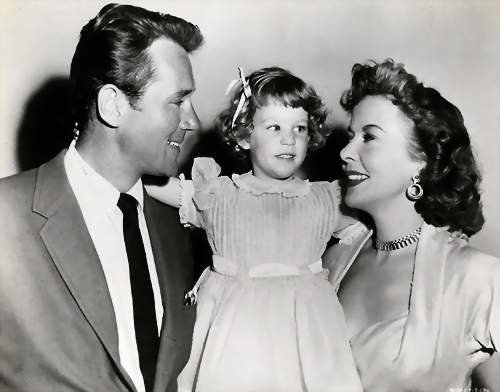
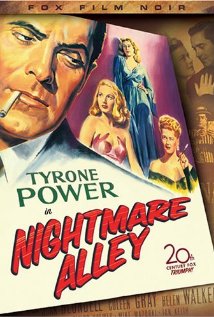
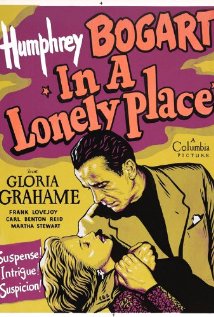
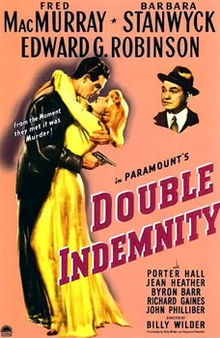
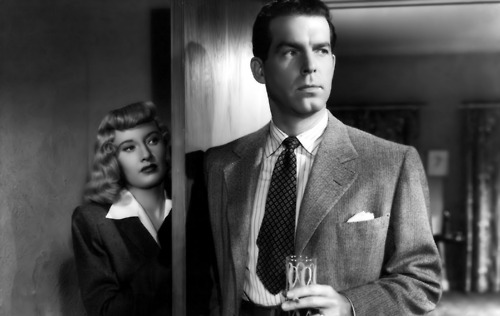
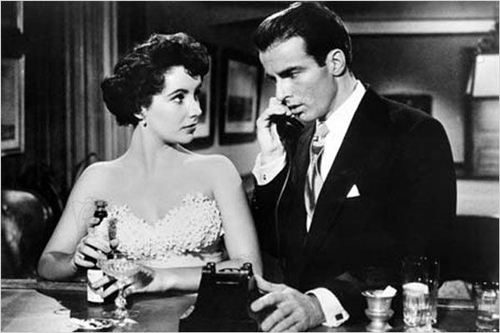
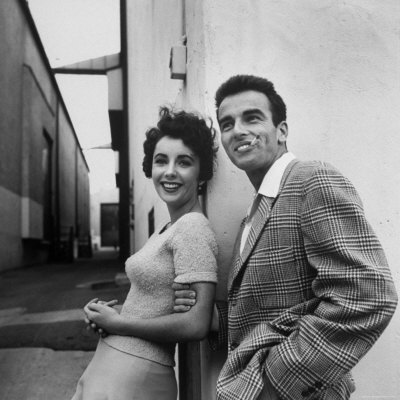
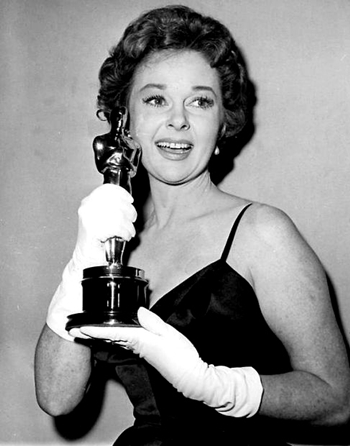
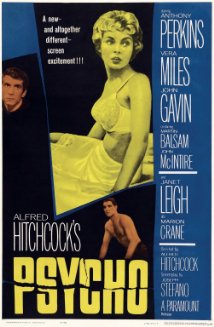
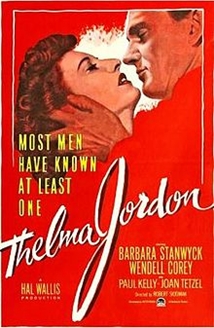
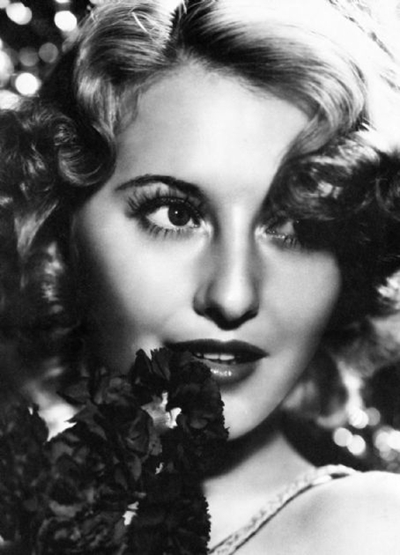
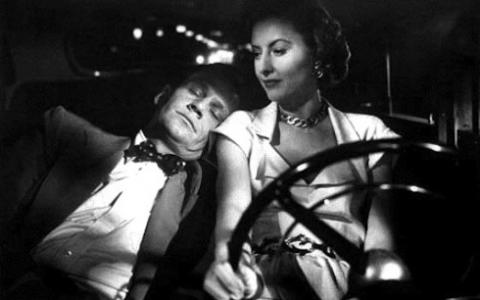
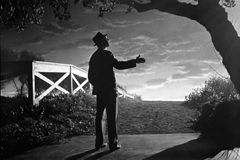
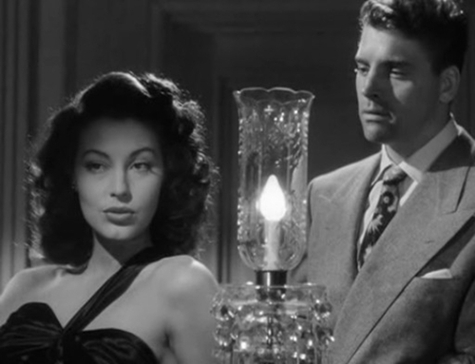

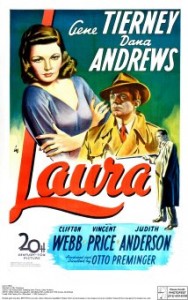
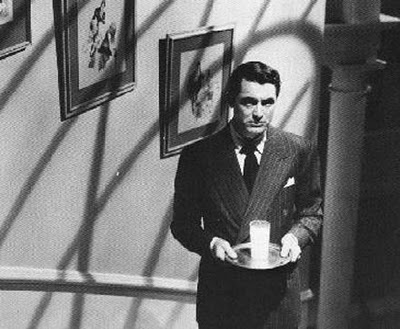
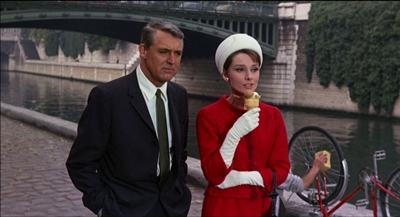
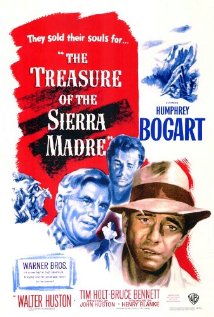
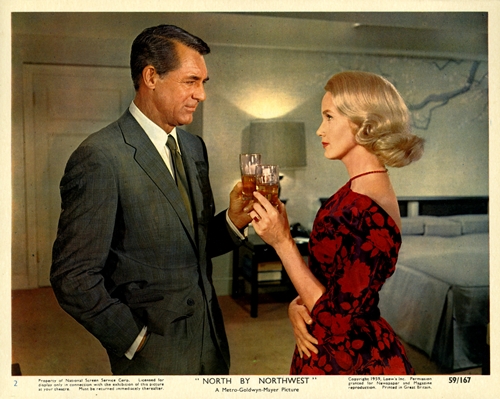
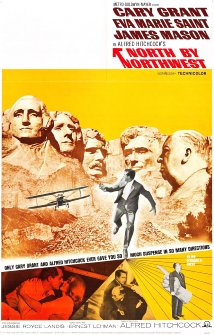
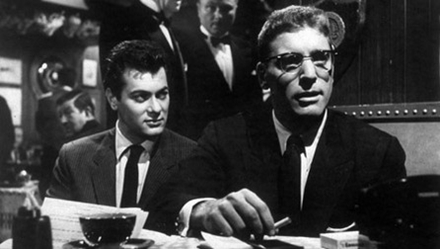
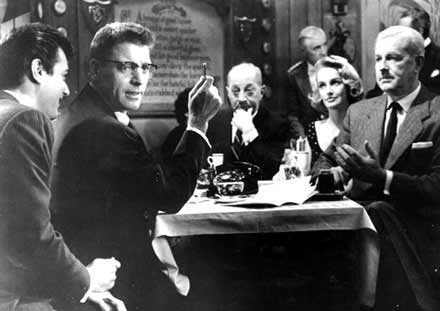
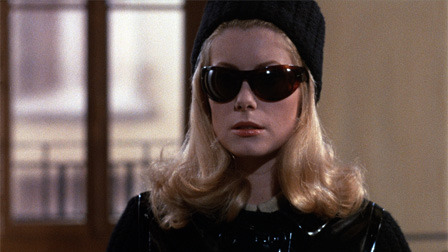
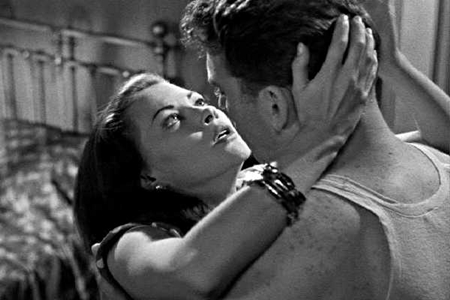
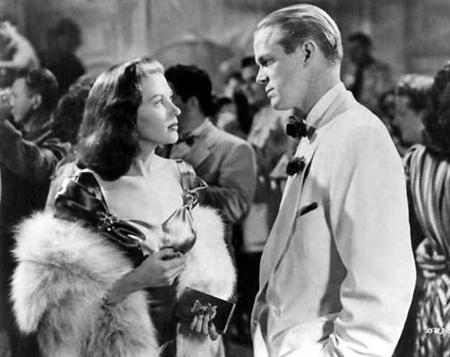
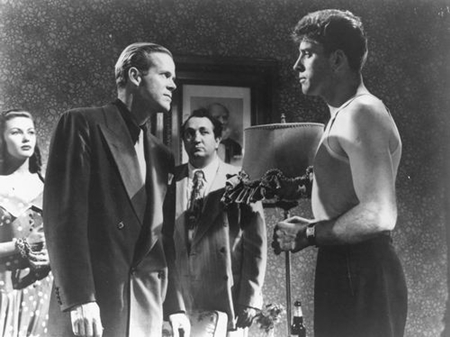
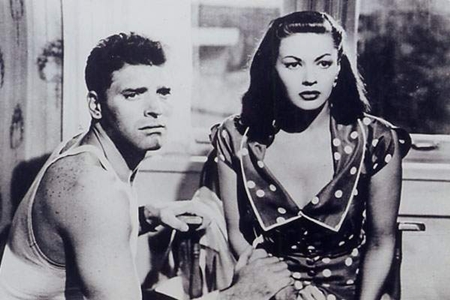





From FNB readers